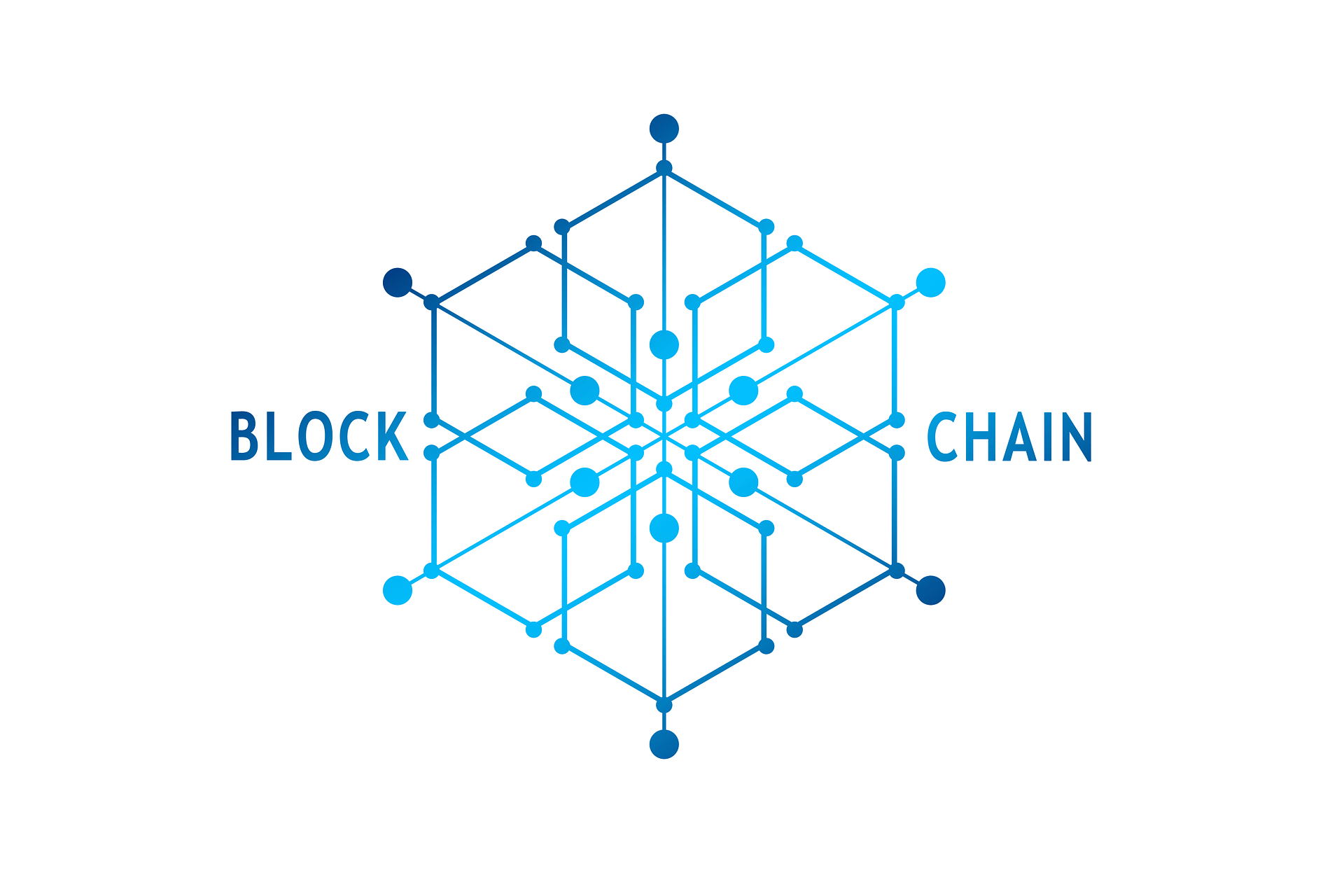Blockchain technology offers unparalleled data management security and transparency, it has totally transformed a number of businesses. Its functionality depends on the procedure of locking data inside blocks. Imagine a shared, electronic record book where changes may only be made with permission from all participants at a certain point in time. This is essentially the underlying theory of “how does a blockchain information block get locked.”

The detailed process of data block locking on a blockchain will be covered in this article, providing insight into the underlying processes that maintain the data’s integrity and immutability. If you are familiar with the process of how a blockchain information block is locked, you should carefully read this article.
Being Aware of a Block’s Composition:
- Understanding the three primary elements of how a block of data on a blockchain gets locked—the header, the transaction data, and the distinct cryptographic code known as a hash—is necessary before we can properly appreciate the concept of “locking a block.”
The header of the blocks is:
- The block header contains crucial information, such as the block creation timestamp and a reference to the preceding block. By linking each block to the one before it, this reference creates a structure that resembles a chain. You’ll soon learn how a blockchain information, block becomes locked.
Exchange Information:
- Inside the square, exchange information is put away, containing points of interest around the exchanges recorded in that specific square. This seems to incorporate data just like the sender, beneficiary, and sum exchanged.
The Cryptographic Hash:
- Consider the cryptographic hash as a fascinating, cutting-edge, one-of-a-kind mark for the work. It is created via a sophisticated scientific process known as a hash work. A slight alteration in the block’s composition results in an infinitely unique hash yield. This feature ensures the square’s sharpness and security, making it extremely difficult for someone to tamper with the information without a location.
How Does a Block of Information on a Blockchain Get Locked?

On a blockchain, a square of data is written using the “append-only model” and is secured by going through an agreement process wherein organization hubs verify the authenticity of the block. After an agreement is reached, the square is bolted, and its modification needs the approval of the majority of the network’s hubs. We’ll be explicit in our writing about how a blockchain information block becomes locked.
Here is a breakdown of the vital stages of how information becomes “locked” inside a block :
Information Conglomeration:
- How does a block of information on a blockchain get locked, Before another block is framed, exchanges are assembled and coordinated into a strong arrangement of information.
Cryptographic Hashing:
- This step includes applying a complex scientific work to the information inside the square. The result may be a particular computerized, unique finger impression known as a hash. Any modification to the block’s information will result in a critical alter to the hash, making the alter effortlessly perceptible.
Confirmation of Work (PoW):
- In certain blockchain systems, mineworkers lock in in a race to unravel complicated numerical perplexes. The primary way to effectively solve the puzzle is to include the square in the chain. This handle, known as Verification of Work (PoW) , requests considerable computational control, rendering it exceedingly challenging to control a square once it’s consolidated.
Agreement Components:
- Whereas PoW has been overwhelming, more current instruments like Confirmation of Stake (PoS) are rising. In any case of the strategy utilized, a agreement among a lion’s share of organized hubs is basic for affirming the legitimacy of a square some time recently its incorporation within the chain. These agreement components (PoW and PoS) further fortify the security of the block’s information.
Including to the Chain:
- Once a square experiences approval, it becomes a changeless portion of the blockchain. Also, the block’s hash is referenced within the ensuing square, establishing a chronological grouping that’s profoundly safe to alter.
The Significance of Locking Information on a Blockchain
The method of locking information on a blockchain offers a few key points of interest:

Keeping Things Secure:
When information is bolted in a piece, it’s super difficult to alter it without everybody taking note. This means that blockchain may be a truly secure way to keep critical stuff.
Making Beyond Any Doubt Everyone Agree:
- With blockchain, everyone within the organization checks exchanges to ensure that, beyond any doubt, no one is attempting to deceive. This makes individuals believe the framework more.
Appearing What’s Going On:
- Blockchain appears on every single exchange for anybody who needs to see it. This makes a difference in stopping individuals from doing awful stuff like extortion or debasement.
No Single Point of Control:
- Since blockchain isn’t controlled by a single individual or bunch, no one can control it for their own advantage. This makes it reasonable for everybody.
Conclusion:
To guarantee the accuracy and durability of the data contained on a blockchain, it is imperative to lock down a portion of the data. The first step in this procedure is to combine transactions and other data into a block. A block header comprising metadata and a cryptographic hash of the block’s contents is then appended to the block. Validators, also known as miners, compete to validate the block by resolving challenging mathematical problems or presenting cryptographic proofs using consensus processes like Proof of Work or Proof of Stake. When a workable solution is discovered, the block is sent out to the network so that other nodes may verify it. The block is “locked” in place once it has been added to the blockchain by consensus.
FAQS:
When a component is locked on a blockchain, it means that it is integrated into the chain in a way that makes it impossible to change or modify. The data within a locked block is thought to be unchangeable.
The process of cryptographic hashing locks a block. Every block has a distinct cryptographic hash that is produced by the block’s content (transactions, timestamp, hash of the preceding block, etc.). This hash acts as the block’s digital fingerprint, making it very difficult to change secretly.
Before new blocks are added to the chain, consensus procedures make sure that all users in the blockchain network concur on their validity. A block is regarded as locked and added to the blockchain when a sufficient number of network nodes concur that it is genuine.
Theoretically, locked blocks can’t be removed or changed without using a lot of processing power. A chain of blocks is created by the cryptographic hash connecting each block to the one before it, making it computationally impossible to edit one block without also changing all the blocks that come before it. This characteristic guarantees the blockchain’s integrity and security.
The cryptographic hash of a locked block would alter in the event that it was attempted to be altered. Because the hash of every block is contained in the block after it, altering one block would require updating the hashes of every block after it, which would be nearly impossible given the amount of computing power needed.

